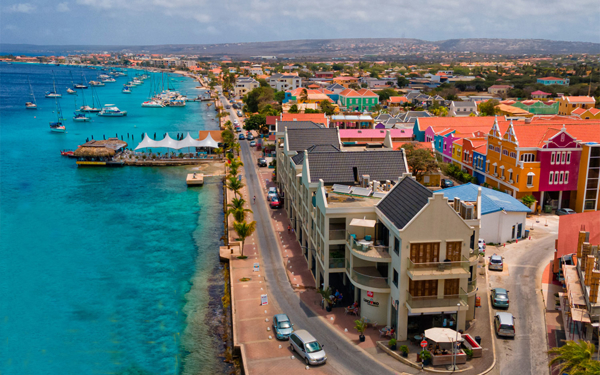The purpose of the CCyB is to increase banks’ resilience as cyclical risks build up; the accumulated buffers can then be released as soon as risks materialise. This gives banks additional headroom to absorb losses in bad times, and it supports lending to businesses and consumers, thus limiting the immediate impact of a crisis on the real economy. The CCyB applies to domestic exposures and has a mandatory reciprocity of up to 2.5%. Foreign banks with exposures in the Netherlands must therefore also hold capital because of the 2.0% CCyB.
In accordance with the framework, we aim for a 2.0% CCyB in a standard risk environment (when cyclical systemic risks are neither particularly high nor particularly low). In doing so, we seek to take better account of the inherent uncertainty involved in measuring (cyclical) systemic risk. We then determine the size of the CCyB on the basis of a varied set of indicators (including the credit-to-GDP gap shown in Chart 1) for the cyclical systemic risk phase and compare it to a structural trend (Table 1).
The current (cyclical) risk picture gives us reason to raise the CCyB further. Risks to financial stability remain elevated, but at the same time there are no clear signs of a turnaround in the cycle. For now, economic activity has remained relatively buoyant and producer confidence, for example, is still above its long-term average. Moreover, banks’ financial position and profitability are robust, partly due to rising interest rates. Although the credit-to-GDP gap shows no signs of excessive credit growth, some other indicators already point to higher cyclical risk. For instance, institutional investors have increased their risk appetite in recent years and prices in real estate markets are falling. At the same time, concerns regarding companies’ and governments’ debt sustainability are increasing. Taken together, the various indicators reveal a normal to elevated (cyclical) risk picture, giving us sufficient reason to raise the CCyB to 2.0%. We accordingly announced the activation of a 2.0% CCyB in our Financial Stability Report of 31 May 2023. In accordance with the applicable laws and regulations, a full year must pass before the buffer takes effect (31 May 2024).
Figure 1 - The credit gap for the Netherlands and the corresponding buffer guide*





